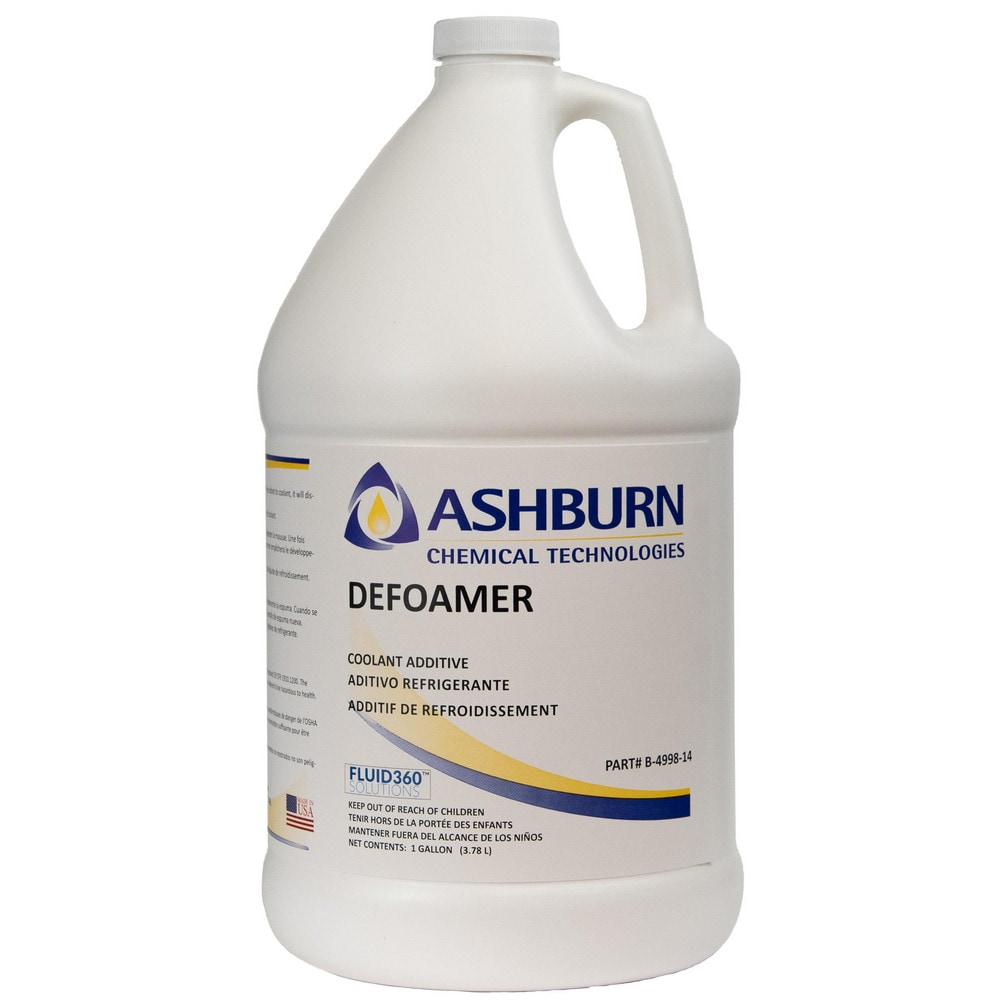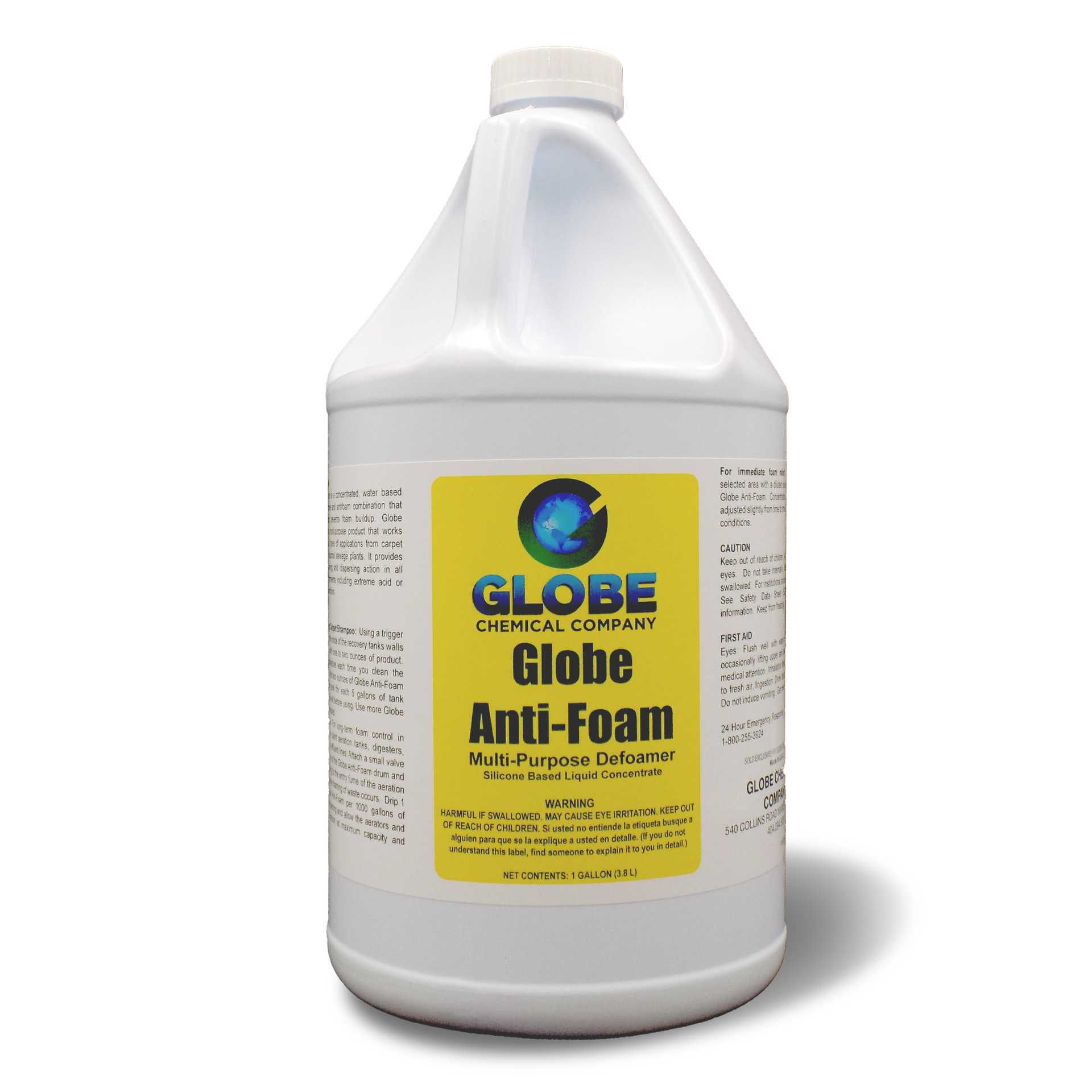The Value of Utilizing a Chemical Defoamer in Different Applications
The application of chemical defoamers is an important consideration across several sectors, including food handling, wastewater treatment, and pharmaceuticals. These representatives play a crucial function in mitigating foam development, which can prevent efficiency and concession product top quality.
Comprehending Foam Development
Foam formation is an intricate physical sensation that occurs when gas bubbles are caught within a liquid matrix, resulting in the creation of a stable framework. This procedure can be influenced by numerous elements, consisting of the viscosity of the liquid, the surface tension at the gas-liquid interface, and the existence of surfactants. Surfactants lower the surface area stress, promoting bubble creation and stabilization, which usually brings about the development of foam in many commercial procedures.
Foams are frequently encountered in applications such as food manufacturing, wastewater treatment, and chemical manufacturing. In these contexts, foam can work as an insulator, hinder blending processes, or hinder the efficiency of tools. The security of foam is established by the balance between the pressures acting to support the bubbles and those that promote their collapse.
Understanding the mechanics of foam formation is critical for effectively managing its existence in various systems. By understanding the underlying principles, markets can devise techniques to minimize undesirable foaming, thereby improving operational performance and product high quality. This foundational knowledge functions as a forerunner to exploring the utility of chemical defoamers, which particularly resolve foam-related difficulties in many applications.
Advantages of Chemical Defoamers
Chemical defoamers offer significant advantages throughout different markets by effectively lowering and controlling foam formation. Among the key advantages is improved functional efficiency. By decreasing foam, chemical defoamers aid maintain optimum production rates and reduce downtime connected with foam administration. This is particularly vital in procedures where too much foam can impede machinery or interfere with operations.
In addition, chemical defoamers add to enhanced item high quality. Lathering typically results in variances in solutions, which can adversely influence the last product. By managing foam levels, defoamers ensure harmony, thereby enhancing the overall quality of the output.
Cost-effectiveness is one more remarkable benefit (Chemical Defoamer). By lowering the amount of raw products required for production and decreasing waste, chemical defoamers can lead to considerable savings. They often allow for reduced energy consumption, as processes can run much more smoothly and call for much less treatment.
Applications in Food Handling
In the food processing market, efficient management of foam is important to make sure both product quality and operational effectiveness. Foam can disrupt different procedures, from blending and blending to product packaging, leading to lowered returns and possible contamination. Chemical defoamers play a critical role in reducing these problems by promptly damaging down foam, enabling for smoother operations and improved product uniformity.
In applications such as dairy handling, defoamers stop excess foam development throughout the manufacturing of milk, yogurt, and cheese, which can interrupt machinery and influence the structure of the last item. In a similar way, in developing and fermentation processes, foam control is crucial to keep the stability of the beverage and make certain ideal fermentation prices.
Additionally, chemical defoamers are used in food dressings, sauces, and emulsions to enhance the security and look of the final items. By minimizing foam during production, suppliers can accomplish far better mixing and dispersion of ingredients, leading to exceptional top quality. Overall, the unification of chemical defoamers in food processing is important for keeping efficiency, high quality, and safety and security in food production.
Function in Wastewater Treatment
Efficient foam administration is equally crucial in wastewater therapy processes, where extreme foam can prevent operations and complicate the therapy of effluents. In numerous wastewater treatment centers, foam can form as an outcome of organic task, surfactants, or other organic materials present in the influent. This foam can cause a variety of functional challenges, consisting of decreased therapy effectiveness, raised upkeep requirements, and prospective regulative compliance problems.
Chemical defoamers play an important role in reducing these difficulties. By reducing the surface tension of the liquid, defoamers promote the collapse of foam frameworks, therefore helping with smoother procedure of tools such as oygenation tanks and clarifiers. Their prompt application helps maintain ideal hydraulic conditions, boosting the overall efficiency of solids separation processes.

Influence on Drug Manufacturing
Foam control is essential in pharmaceutical manufacturing, where the visibility of too much foam can interfere with making procedures and compromise product high quality (Chemical Defoamer). The formation of foam from this source during numerous stages, such as blending, blending, and fermentation, can cause ineffective blending, insufficient heat transfer, and even devices damage. These problems not just result in functional hold-ups but can additionally cause significant financial losses and affect conformity with stringent regulatory standards
Chemical defoamers are specifically formulated to reduce these challenges. By properly minimizing foam formation, they enhance process effectiveness and preserve the stability of the end product. Specifically, defoamers ensure consistent dose types, improve the security of emulsions and suspensions, and improve cleaning procedures by protecting against foam accumulation in tools.
Additionally, the usage of defoamers can enhance the return of energetic pharmaceutical components (APIs) by advertising better removal and purification procedures. As pharmaceutical companies aim to enhance product high quality while reducing production expenses, the role of chemical defoamers becomes increasingly vital - Chemical Defoamer. Their look at these guys unification into manufacturing methods not just supports compliance with Excellent Manufacturing Practices (GMP) yet also fosters technology and competition in a rapidly advancing sector

Final Thought

Chemical defoamers provide substantial benefits throughout different sectors by efficiently controlling and lowering foam formation. By decreasing foam, chemical defoamers aid keep optimal manufacturing prices and lower downtime linked with foam monitoring. Chemical defoamers play an essential duty in alleviating these concerns by quickly damaging down foam, permitting for smoother procedures and enhanced item uniformity.
Reliable foam monitoring is equally important in wastewater therapy procedures, where excessive foam can hinder procedures and complicate the treatment of effluents.Foam control is important in pharmaceutical manufacturing, where the presence of extreme foam can interfere with producing processes and compromise item quality.